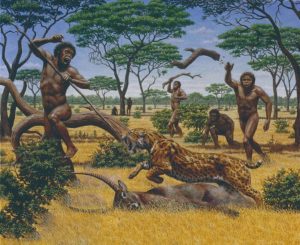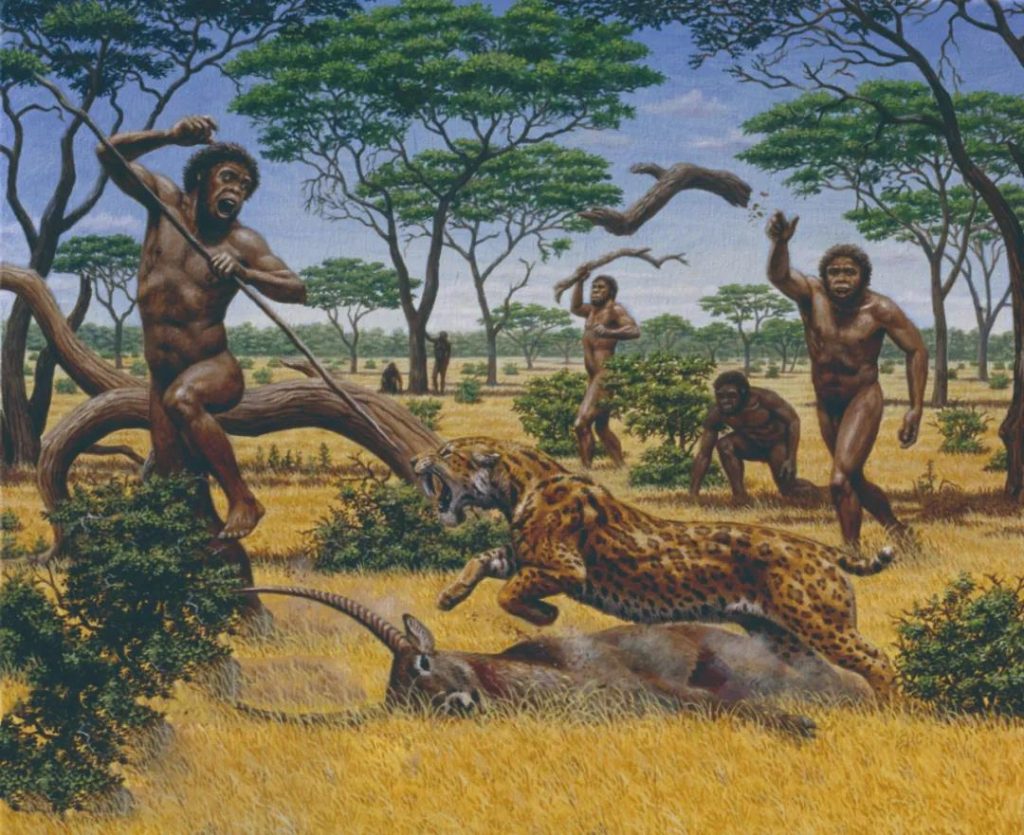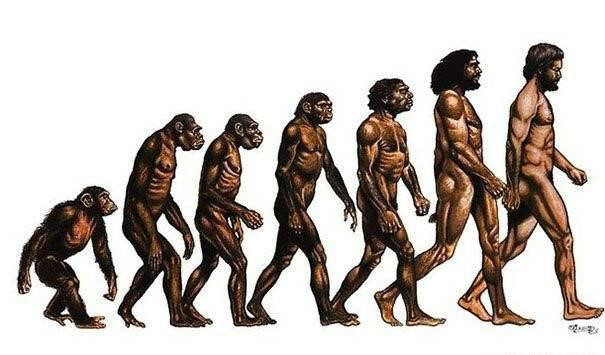

Walking upright and running on two legs are important characteristics that distinguish us from other animals.
Some existing evidence shows that our ancestors learned to walk upright as early as more than 10 million years ago, but learned to run on two legs much later.
It is generally believed that it will not be possible until the emergence of the real human race (the first human race is a capable man who lived about 2 million to 1.75 million years ago) 2 million to 3 million years ago.
Before that, although they could walk upright, in case of danger, they still had to bend down and land on all fours to run.
However, there is recent evidence that humans may not start so late. Before Homo sapiens, Australopithecus had the ability to run on two legs.
In the course of human evolution, every newly acquired ability is developed on the physiological basis of improved body structure.
For example, the ability to run on two legs is closely related to the evolution of Achilles tendon, the connective tissue connecting calf muscles and heel.
The Achilles tendon of modern people is very long, extending to more than half of the lower leg.
When we run, it stretches, stores elastic energy, and then releases it explosively.
This helps us reduce our energy consumption by 35% when running. The long Achilles tendon is particularly important for running on both legs.
Therefore, when we judge whether human ancestors had the ability to run on two legs, we only need to examine their Achilles tendons.
Unfortunately, Achilles tendons rarely leave fossils.
But after studying the shape of the calcaneus in humans and 11 other primates, scientists found that the size of the back part of the calcaneus is proportional to the length of the Achilles tendon.

Then, they measured the calcaneus of Australopithecus and calculated that the Achilles tendon of this species may have extended to more than half of the lower leg, which is comparable to that of modern people.
In contrast, chimpanzees who can’t run on two legs have Achilles tendons that barely reach their ankles.
This shows that Australopithecus has musculoskeletal characteristics suitable for two legged running.
Australopithecus lived about 3.9 million years ago. In this way, the time when humans learned to run can be traced back to at least 3.9 million years ago.
Running on both legs is the most important difference between us and apes in the early stage, which shows that the time of “bowing to the apes” is earlier, that is, the emergence of human race should also be earlier.
And running with two legs upright has a great impact on human lifestyle. For example, collective hunting is inseparable from this ability.
Does it mean that some of their lifestyles have changed in advance? This needs further investigation.
Comments